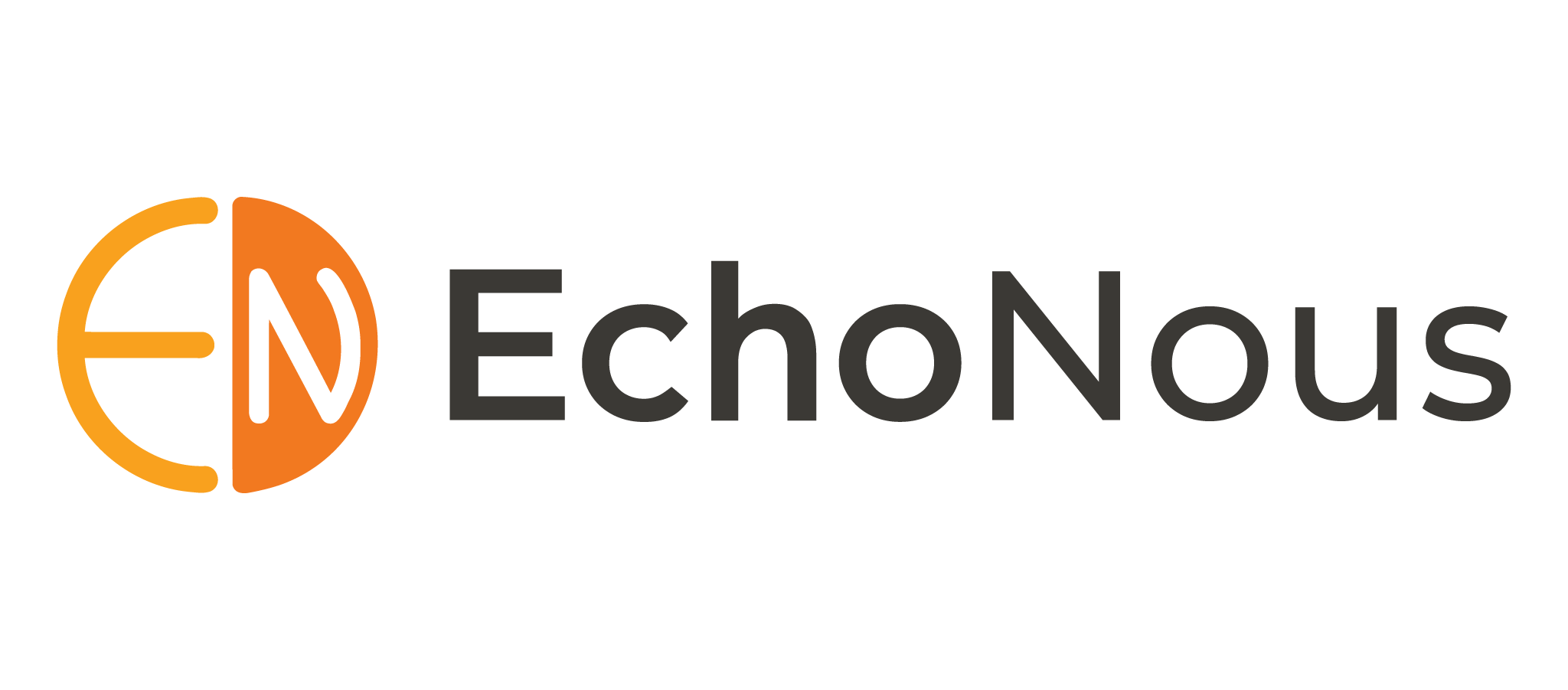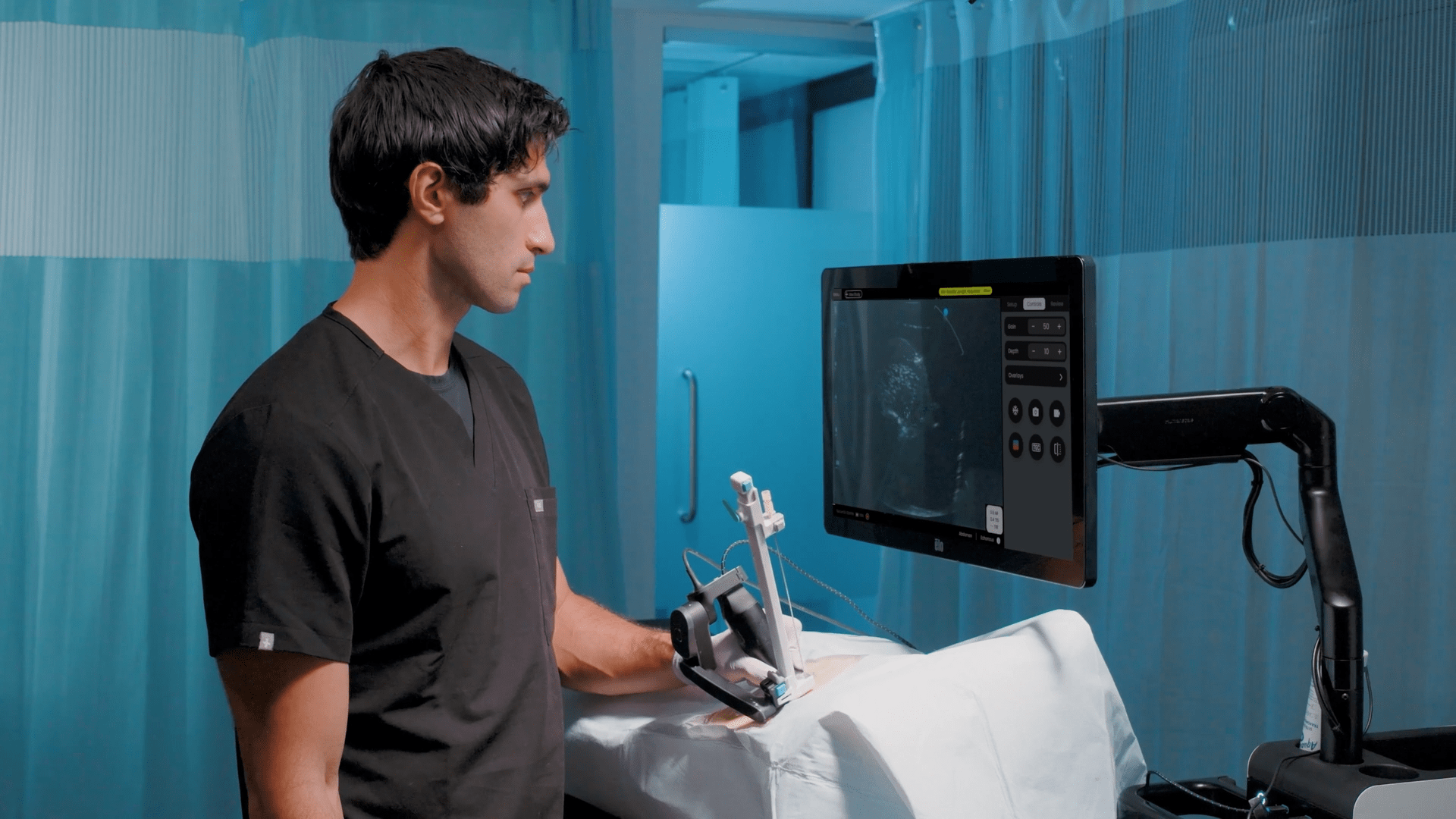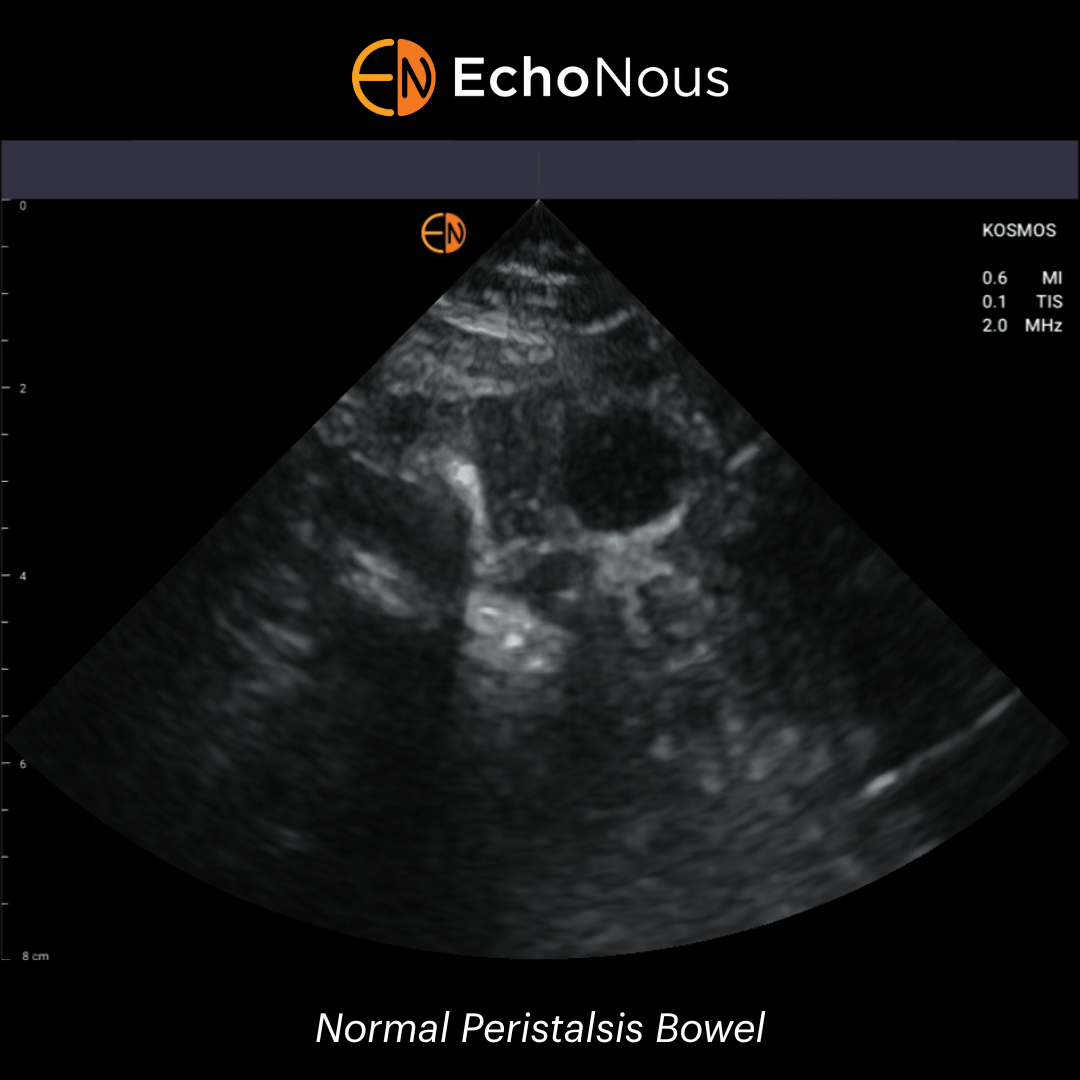
Dr. Benjamin Hibbert
Interventional Cardiologist and Critical Care specialist, MD, PhD
Democratizing Ultrasound:
Dr. Benjamin Hibbert’s Vision for AI-Assisted POCUS Accessibility
At EchoNous, we recently had the opportunity to sit down with Dr. Benjamin Hibbert, who envisions democratizing ultrasound through the integration of artificial intelligence (AI).
Through his examination of the capabilities of the EchoNous Kosmos device and its AI-driven functionalities, he sheds light on the pivotal role of advanced diagnostic tools in modern healthcare.
Meet Dr. Benjamin Hibbert
Dr. Benjamin Hibbert is an interventional cardiologist and critical care specialist at the Mayo Clinic in Rochester, MN. His extensive expertise centers on managing structural heart disease, including procedures such as stenting and valve repairs.
Before joining the Mayo Clinic, Dr. Hibbert made notable contributions as an Interventional Cardiologist and Director of the Vascular Biology and Experimental Medicine Laboratory at the University of Ottawa Heart Institute. He also held an Assistant Professor position in the Department of Medicine at the University of Ottawa.
POCUS and AI Validation Study
Dr. Hibbert’s research, detailed in the study titled “Diagnostic Accuracy of Point-of-Care Ultrasound with Artificial Intelligence-Assisted Assessment of Left Ventricular Ejection Fraction,” contributes to our understanding of the capabilities of POCUS and AI integration in various clinical settings. The study encompassed 449 patients, analyzing the technology’s performance in both optimal and real-world conditions.
The study compared left ventricular ejection fraction findings from less experienced versus more experienced users, both using an AI-assisted POCUS system, the Kosmos from EchoNous. Over the course of more than 420 studies, researchers noted that the AI-assisted findings were “consistent among senior and novice echocardiographers” and that AI-assisted POCUS produced “highly reproducible LVEF estimations in comparison to formal TTE.”
For Dr. Hibbert, the results were clear. “The integration of AI within POCUS advances diagnostic capabilities, particularly in demanding real-world environments,” he said, highlighting the seamless alignment of this technology with clinical workflow.
Hibbert’s research instills confidence in the reliability of data obtained through the EchoNous Kosmos device, validating its ability to enhance diagnostic capabilities and inform crucial clinical decisions. With its ability to deliver precise assessments using the modified Simpson’s biplane method of disks, AI-assisted Kosmos demonstrates its capability to provide accurate LVEF calculations regardless of user experience.
“While novice scanners typically demonstrate less accuracy in EF assessment compared to experts, our study shows that when we utilize the AI integration in the Kosmos system, the diagnostic performance is equivalent to that of experienced users and optimal settings,” Hibbert observed, highlighting the potential of AI to enable novice scanners to achieve comparable diagnostic accuracy.
“I am initially taken aback by the quality, but having used the technology, I can see its potential in various clinical scenarios,” Hibbert noted. “POCUS truly excels in areas where traditional echocardiography may encounter challenges. This aspect surprises me, highlighting the versatility of this technology.”
The study’s outcomes underscore the potential of POCUS, particularly in situations where traditional echocardiography may be limited, underscoring its vital role in enhancing patient care and diagnostic accuracy, even in demanding real-world conditions.
“POCUS truly shines in scenarios where transporting a cart to the patient or bringing the patient to the echo lab is not feasible. Its applications are especially valuable in emergency departments, wards, and during resuscitations,” Hibbert noted.
How Can POCUS and AI Democratize Ultrasound?
Dr. Hibbert suggests that the combination of Artificial Intelligence (AI) with point-of-care ultrasound (POCUS) can not just help novice users but can, in fact, improve ultrasound availability. He underscores the necessity of making ultrasound services more widely accessible, even in established medical facilities. Hibbert points out the shortage of skilled technicians, resulting in delays in obtaining timely echocardiograms. “Accessing an echocardiogram, even in a top-tier medical center like the Mayo Clinic, can be challenging due to a shortage of technicians in echo labs,” he explained.
Hibbert envisions two critical applications for AI-assisted POCUS. First, he sees the potential for outreach, enabling the screening of previously underserved patient populations for left ventricular dysfunction. “You can take limitedly trained sonographers, give them a device like an EchoNous [Kosmos], and screen patient populations otherwise unscreened.”
Second, he emphasizes streamlining the ejection fraction assessment process, particularly in situations like cardio-oncology. He underscores the inefficiencies of using complete echocardiograms for specific diagnostic needs, suggesting that simplified focused ultrasounds could more easily address these challenges.
Acknowledging the existing gap in expertise for image acquisition and interpretation, Hibbert underscores the importance of education and training for non-traditional healthcare professionals. “More and more, there are courses training APs, emergency physicians, general internists, family physicians [on] how to get image acquisition well.” Despite potential skepticism from traditional echocardiographers, Dr. Hibbert remains optimistic about the evolving potential of AI-supported POCUS.
Additionally, Hibbert envisions a future where AI plays a pivotal role in enhancing image quality and interpretation, reducing the disparity between conventional, expert-interpreted echocardiograms and AI-supported POCUS. “AI is going to play a massive role in ensuring that we get diagnostic quality images,” he predicts, foreseeing a time when POCUS becomes a reliable diagnostic tool accessible to a broader patient population.
AI-Powered POCUS Advancements
The integration of AI into the POCUS field has stirred significant anticipation over new features, according to Hibbert, such as its potential for left ventricular ejection fraction (EF) assessment. “I think everybody sees the potential application of this,” he said.
For example, Hibbert recognizes the data availability and quality control possible with AI integration, citing its potential to streamline diagnostic procedures and enhance patient care.
“You get the measurements there on the device at the time. I think the way that this technology has been integrated really lends itself well to clinical workflow.”
Anticipating its future role, he envisions the technology as a complementary tool to standard echocardiography, serving as both a diagnostic resource and a screening tool.
“I think it’s an incredibly powerful tool,” Dr. Hibbert emphasized, illustrating its potential to address specific clinical queries and enhance overall diagnostic capabilities. He also recognizes the potential economic benefits, highlighting the device’s capacity to facilitate cost-effective and efficient point-of-care assessments. “You could really see this being integrated into clinical care.”
He foresees further advancements in AI-supported identification of left-sided valvular heart disease. “I think if the tech gets really good at answering these types of questions, you could see this being integrated into clinical care,” he noted. With ongoing improvements in AI software and image quality, the device’s potential for identifying complex cardiac abnormalities and enabling comprehensive patient assessments continues to expand, hinting at a promising future for AI-powered POCUS advancements.
“If we could envision programs and technology where we’re able to reach out to the community and funnel those patients that are at the highest risk, I think there’s a real clinical opportunity here and a real opportunity for EchoNous’ AI-assisted POCUS technology,” he said.
References
Motazedian, P., Marbach, J. A., Prosperi-Porta, G., Parlow, S., Di Santo, P., Abdel-Razek, O., Jung, R., Bradford, W. B., Tsang, M., Hyon, M., Pacifici, S., Mohanty, S., Ramirez, F. D., Huggins, G. S., Simard, T., Hon, S., & Hibbert, B. (2023). Diagnostic accuracy of point-of-care ultrasound with artificial intelligence-assisted assessment of left ventricular ejection fraction. NPJ digital medicine, 6(1), 201. https://doi.org/10.1038/s41746-023-00945-1
Read the full study here.
If you are interested in Kosmos AI-assisted EF workflow, get in touch here




